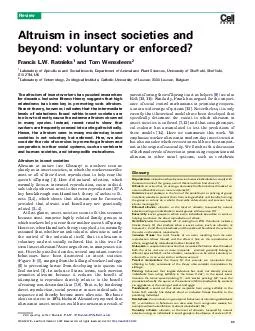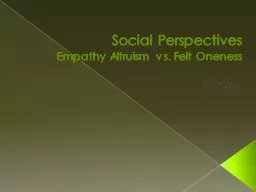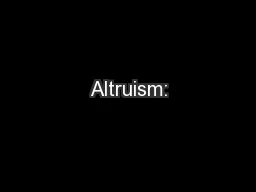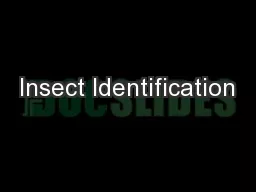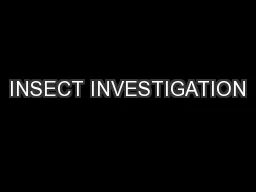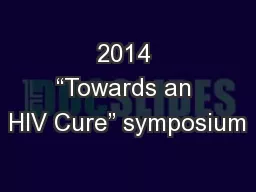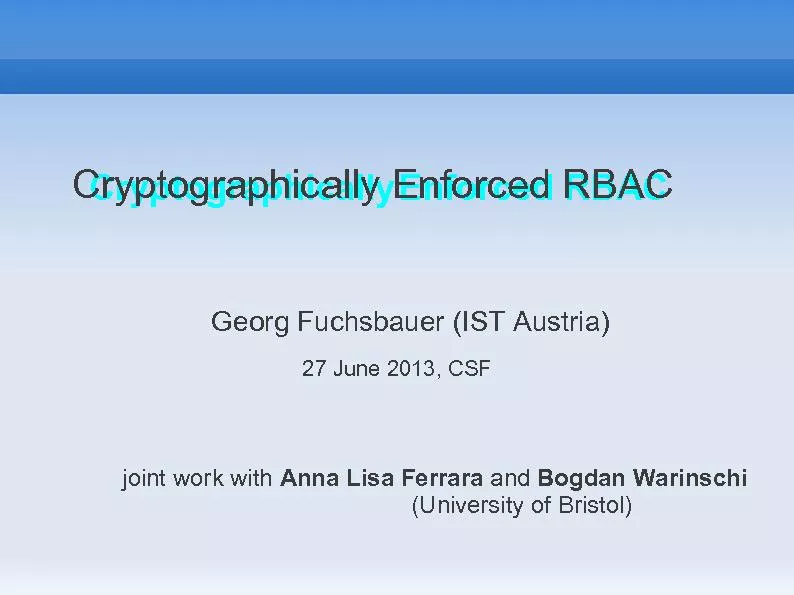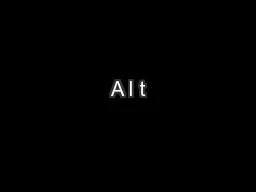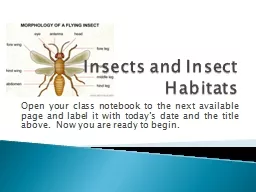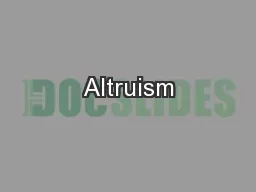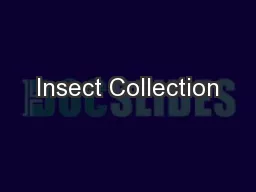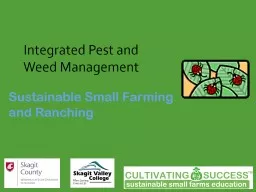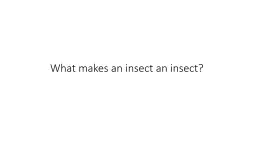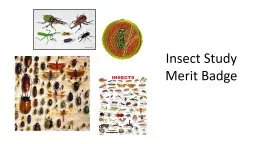PDF-Altruism in insect societies and beyond voluntary or enforced Francis L
Author : calandra-battersby | Published Date : 2015-02-01
W Ratnieks and Tom Wenseleers Laboratory of Apiculture and Social Insects Department of Animal and Plant Sciences University of Shef64257eld Shef64257eld S10 2TN
Presentation Embed Code
Download Presentation
Download Presentation The PPT/PDF document "Altruism in insect societies and beyond ..." is the property of its rightful owner. Permission is granted to download and print the materials on this website for personal, non-commercial use only, and to display it on your personal computer provided you do not modify the materials and that you retain all copyright notices contained in the materials. By downloading content from our website, you accept the terms of this agreement.
Altruism in insect societies and beyond voluntary or enforced Francis L: Transcript
Download Rules Of Document
"Altruism in insect societies and beyond voluntary or enforced Francis L"The content belongs to its owner. You may download and print it for personal use, without modification, and keep all copyright notices. By downloading, you agree to these terms.
Related Documents

